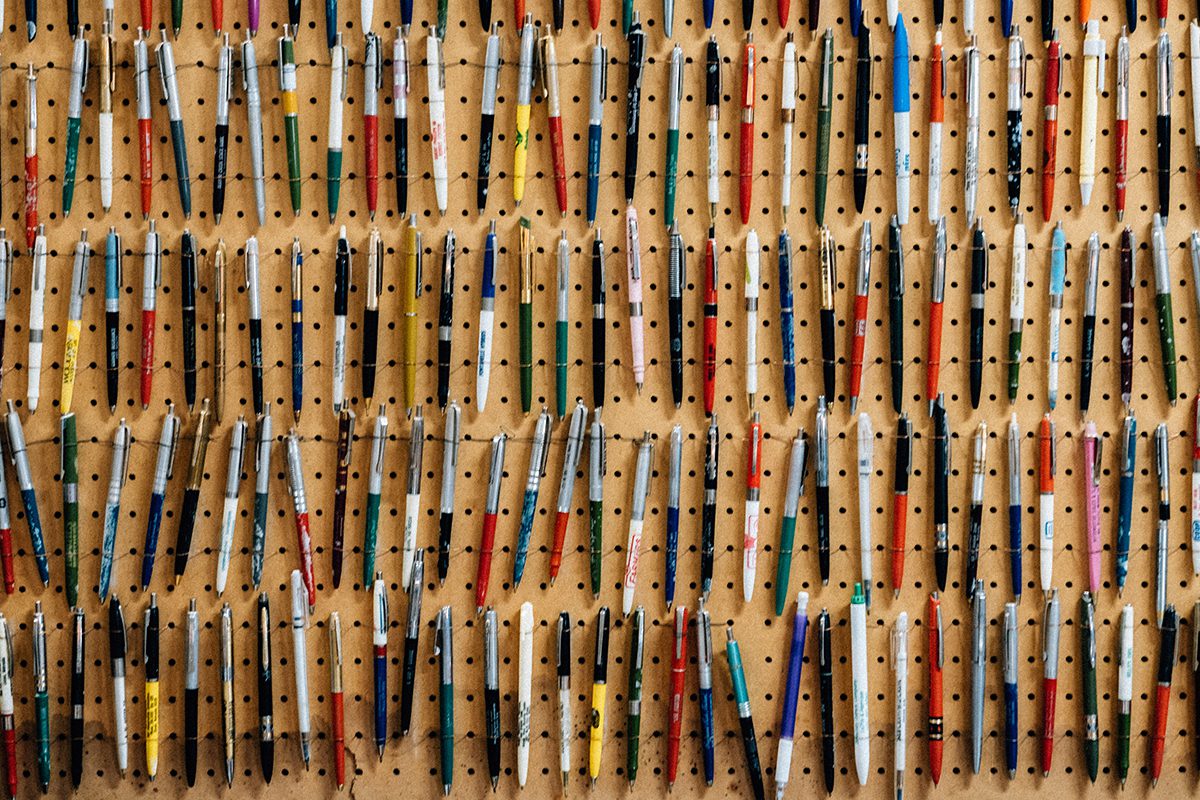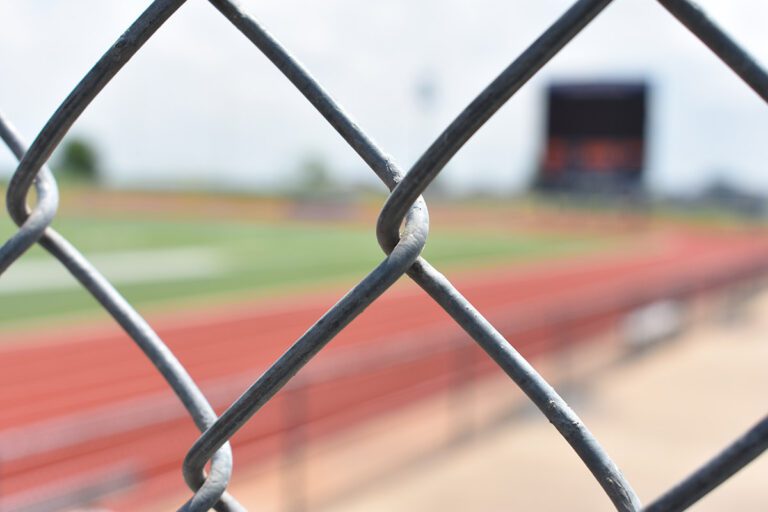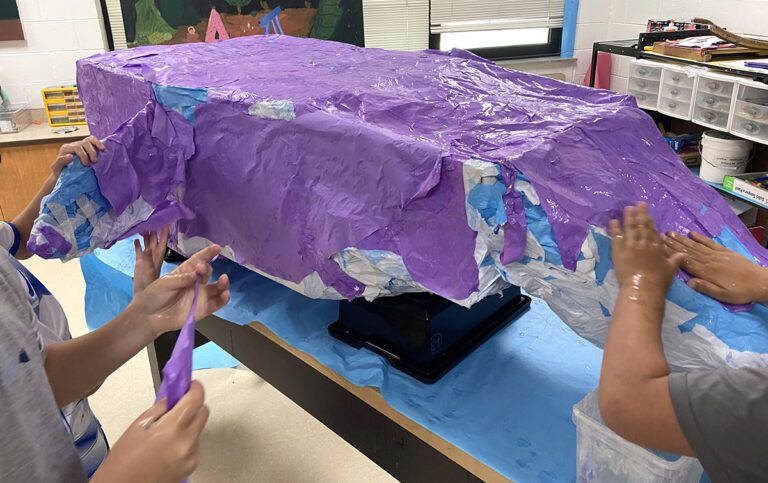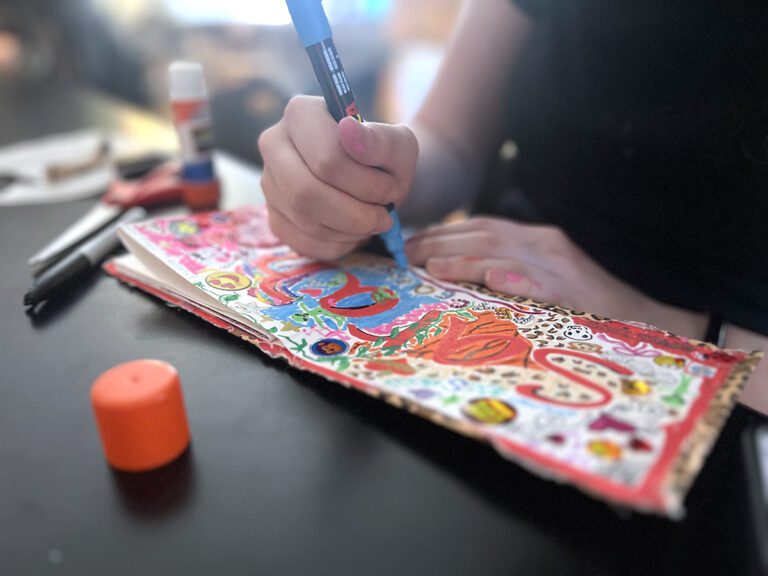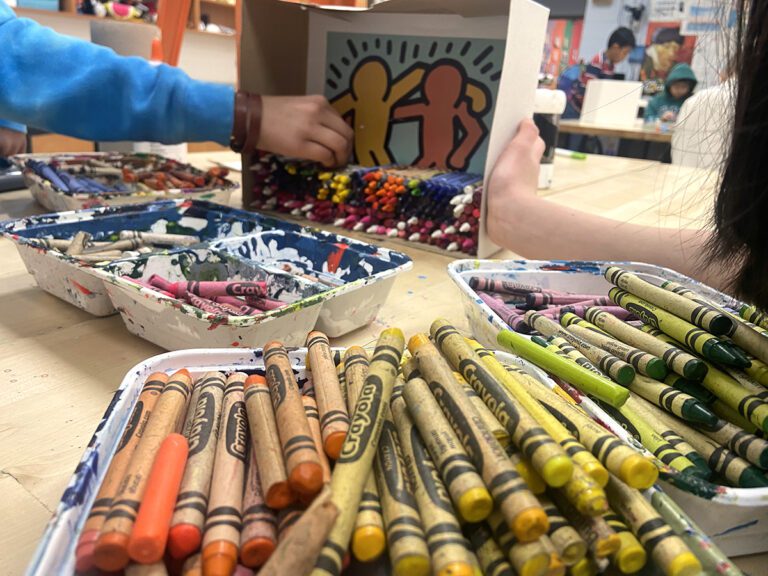Ink pens are one of those everyday office tools we often don’t think about and take for granted. However, you may be surprised at some of the ways they can be used in the art room. Aside from being a cheap yet powerful drawing medium, you can utilize pens in many other capacities, such as building a sculpture or fostering critical thinking skills. An English playwright, Edward Bulwer-Lytton, said, “The pen is mightier than the sword.” From the origin of ink pens to unexpected ways to use them, prepare to yield the power of the pen in your art class!
We are going to look at the history of ink pens and how you can use this boring staple in unexpected ways!
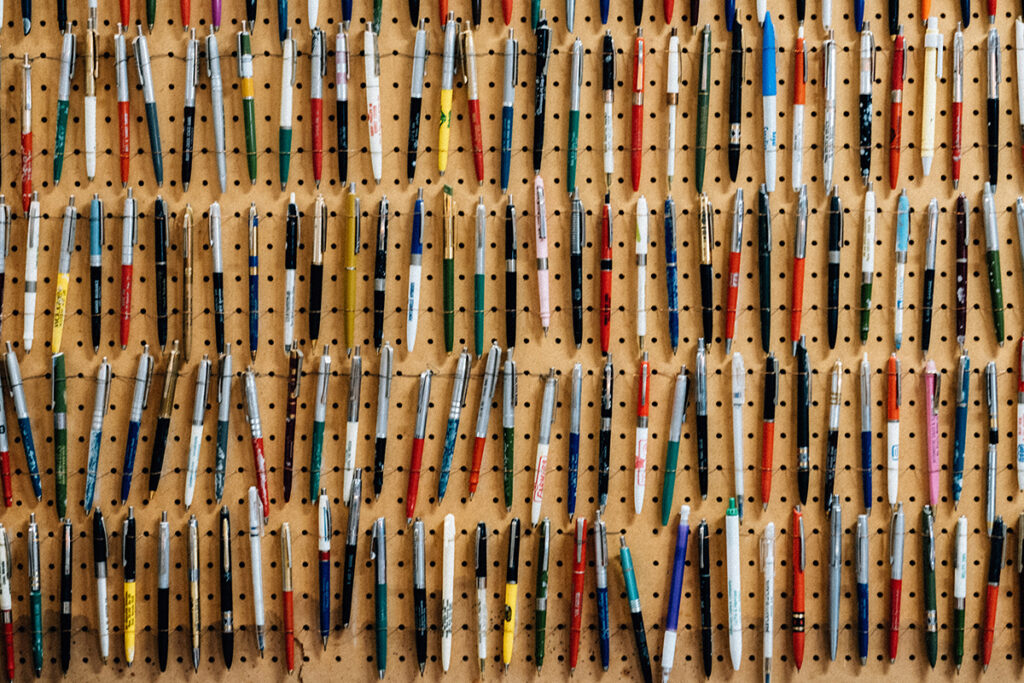
Why ink pens?
Ink pens are a relatively cheap art tool to use. A box of ballpoint pens can round out to about eighteen cents per pen. As long as the caps are tightly secured, they should last a while. Pens need almost no maintenance: there is no sharpening and no erasers to replace. They come in a variety of colors, widths, and opacities. Ink pens are permanent, so students need to be intentional and turn their “oops” into something interesting when they make a mistake.
What is the history of ink pens?
First Pens
Pens first originated in ancient Egypt. They were thick reeds with sharp ends containing ink. Egyptian scribes used them to write hieroglyphics on papyrus paper. Quills replaced reeds with the invention of vellum (thin animal skin). Quill pens are made from bird feathers. The end of the feather was shaped into a point, allowing for a hollow ink reservoir.
Modern Pens
The repetitive act of refilling the ink reservoir became tiresome! Eventually, metallic pens and pen nibs grew in popularity, and quills became obsolete. Fountain pens have ink inside the pen with a metal nib allowing the ink to flow onto the paper. Today, fountain pens and rollerball pens are widely used. Rollerball pens use a sphere near the nib that distributes ink on the page smoothly.
For a challenge, experiment with various pen types. This allows students to experience what different pens feel like. It also helps them see the differences in ink quality, flow, and texture. After comparing and contrasting various pens, choose a favorite and try the ideas below!
Here are eight unexpected ways to use ink pens in the art room.
1. Sgraffito
Instead of throwing away dried-out pens, use them as a tool to create sgraffito. The pointed end of the pen is perfect for fine details. Try this with colored slip-on clay or oil pastels. To use with oil pastels, color an area with a light color. Layer a darker oil pastel on top. Use the end of the pen to “draw” a design or pattern, scratching off the dark top layer.
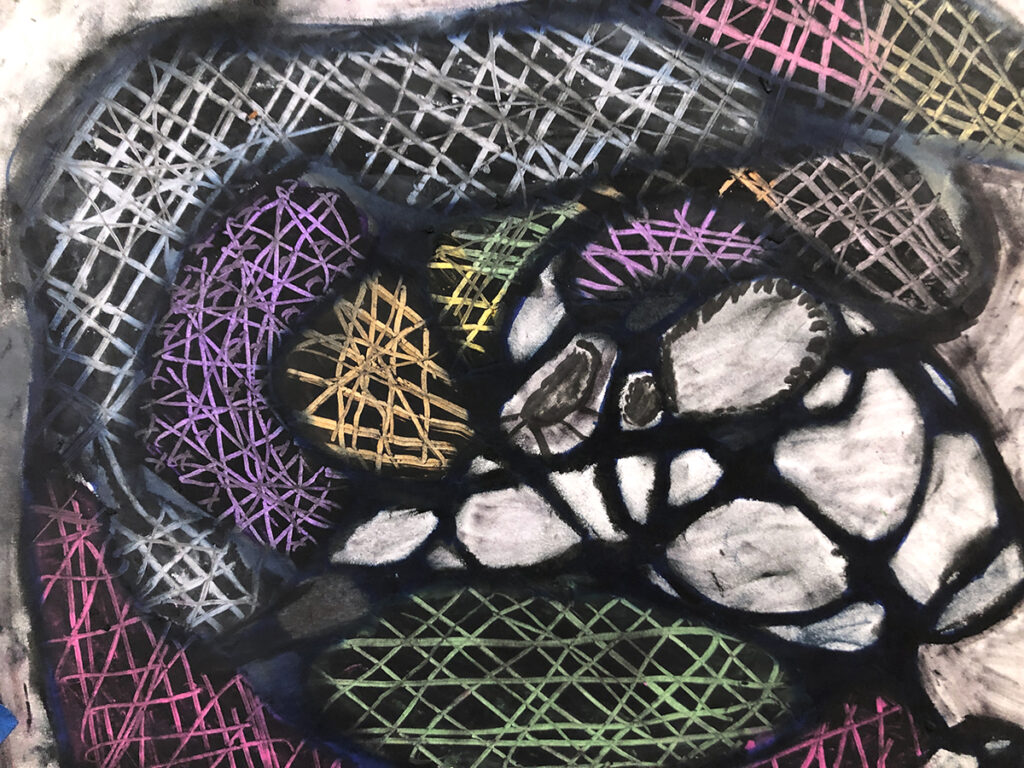
2. Printmaking
Use dried-out pens to carve into styrofoam for an introduction to relief printing. Cassie Stephens discovered a sure-fire way for students to have high success with styrofoam prints. For the design to be carved deep enough in the foam, use one color to sketch and lightly engrave the design. Follow it with another color pen, but this time, trace for depth.
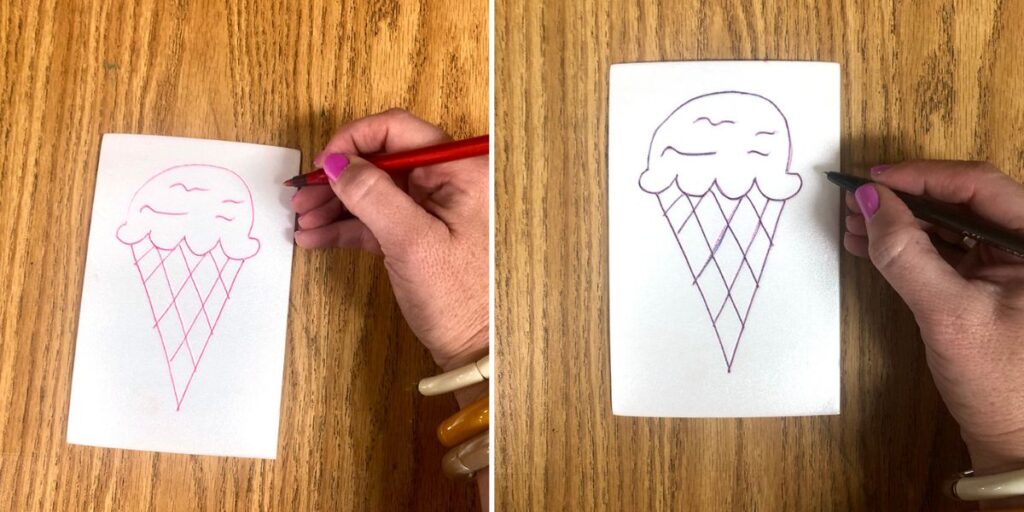
3. Assemblage Art
Save dried-out pens from your colleagues and students and create an assemblage artwork! Sort by color to determine what you have to work with. Great subject matter to boost school morale can be your district’s logo, your school’s logo, or your school’s mascot. A thick cardboard base is sturdy enough to support the assemblage. While arranging your assemblage, it may help to think like an Impressionist or in pixels. This artwork will be long areas of individual planes of color so keep stepping back to view the work at a distance.
4. Color Mixing
While reviewing or learning color theory, have your students experiment with pens. This is especially helpful if you don’t have the time (or energy!) to deal with paint. Felt tip, ballpoint, and gel are all fantastic options to experiment with.
Try these color-mixing techniques:
- Stippling
- Scumbling
- Hatching
- Cross-Hatching
5. Inktober Prompts
Typically, Inktober occurs during October. Artists strive to create daily artwork using ink and post their creations on social media. There are 31 prompts for this challenge, one for each day of the month. Inktober is a great exercise in forming habits around creating art daily. Their official website has prompt lists as far back as 2016. Use the pre-curated lists during any month while experimenting with ink pens, markers, or India ink for fun sketchbook “do nows” or bell ringers.
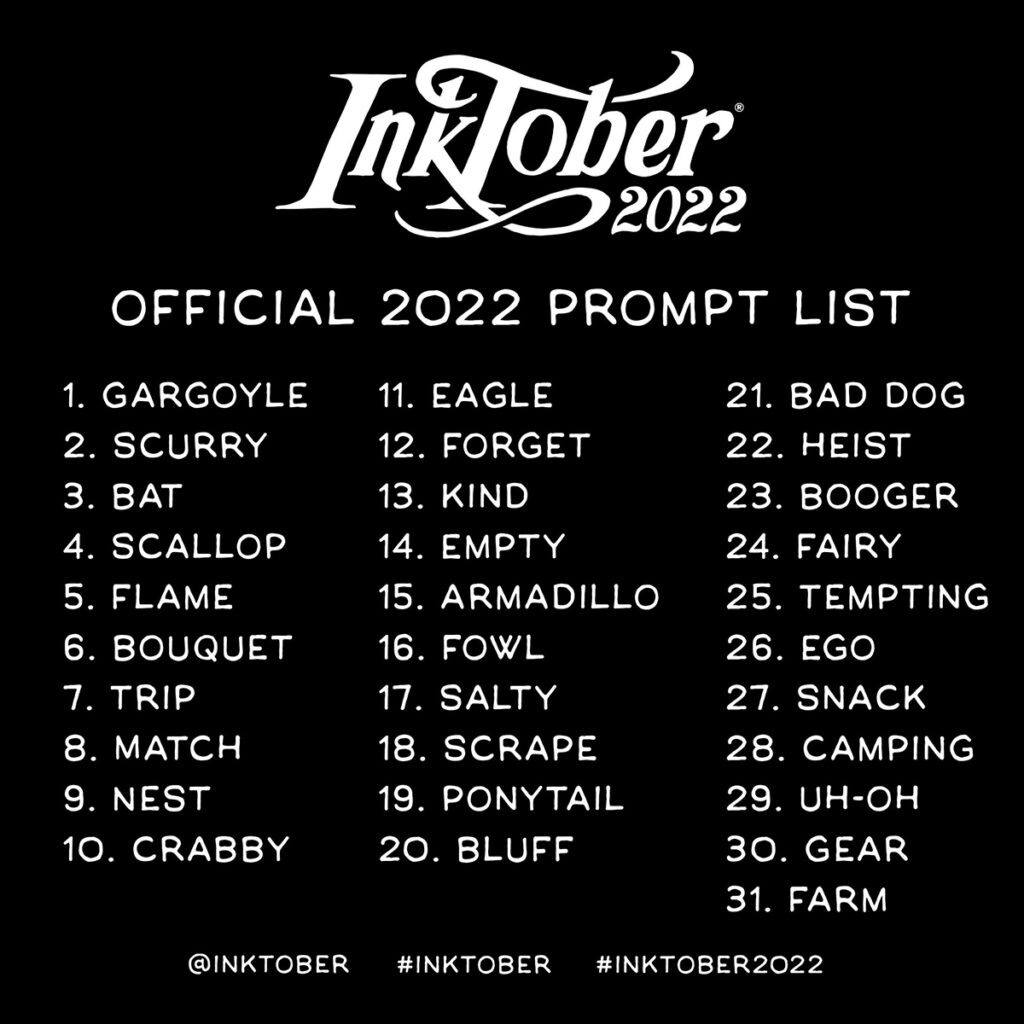
6. Dissection Still Life
Study the anatomy of a pen to better aid drawing. Take apart and dissect a dried-out pen in art class. Chances are, students will do this anyway without this challenge, so make it part of their assignment! Have your class create a step-by-step guide to disassembling an ink pen. This guide can be both written and visual to practice critical thinking, illustration, and storyline. Understanding pen design can help inform how students use pens.
Have your students draw each step below:
- Capture the full pen before disassembling it.
- Loosen and unscrew the ends.
- Remove the ink reservoir.
- Remove any springs.
- Arrange all individual components of the pen in an interesting composition.
7. Calligraphy
This style of writing has been popular in home decor and water bottle stickers over the past few years. Teach your students about the history of calligraphy and let them try it out. Explore calligraphy through pens with a variety of nibs and ink colors. Try calligraphy markers for a more comfortable beginner option. Calligraphy markers are available in a variety of colors and widths. Extend the unit by exploring illuminated letters. For a full FLEX Lesson with student-facing resources, objectives, and project steps, check out Text Messages.
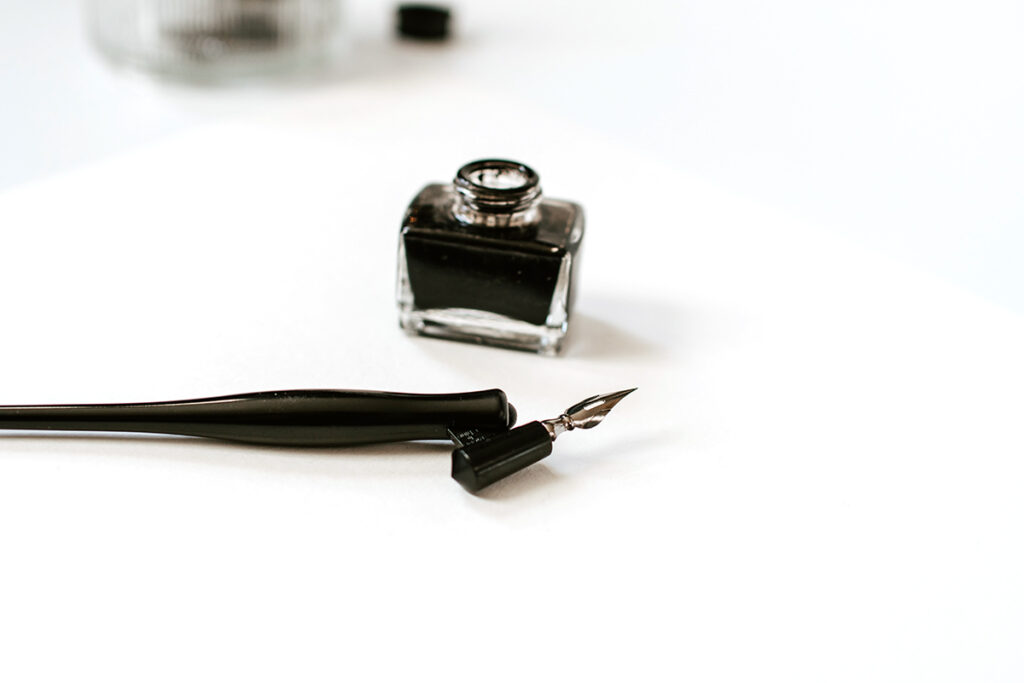
8. Drain the Pen
Challenge your students’ level of persistence. In one drawing, let your students explore how long their ink pen can last until it runs out of ink. This is a great early-finisher activity for secondary students to work on during a semester. Tie in this concept with sketchnoting and doodling to get students exercising creative brain muscles during instruction and research.
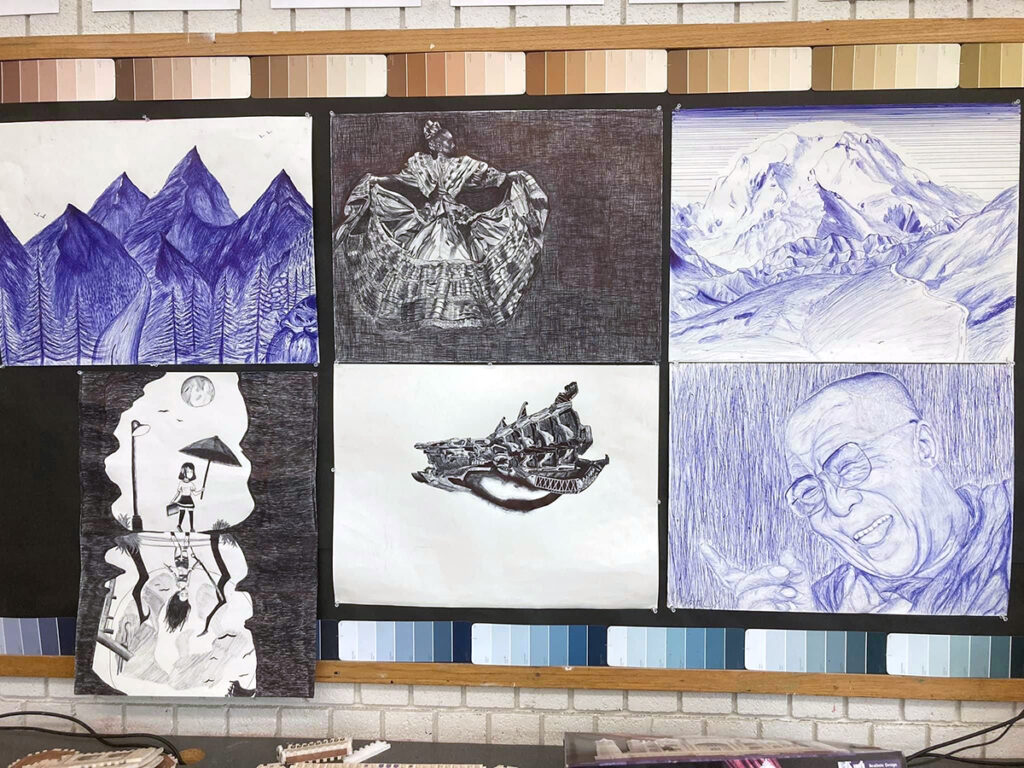
From ancient to modern ink pens, this mundane office supply can spark imagination and offer creative opportunities. Often an overlooked art class medium, the ink pen is accessible, permanent, doesn’t need to be sharpened, and comes in various colors and widths. Use pens in the art classroom with sgraffito, calligraphy, and assemblage art. But please, remind your students to “snap that cap” so the ink doesn’t dry up, and they can let their imaginations flow!
What is your all-time favorite pen to use?
Do you have any go-to techniques or lesson ideas with ink pens?
Magazine articles and podcasts are opinions of professional education contributors and do not necessarily represent the position of the Art of Education University (AOEU) or its academic offerings. Contributors use terms in the way they are most often talked about in the scope of their educational experiences.
